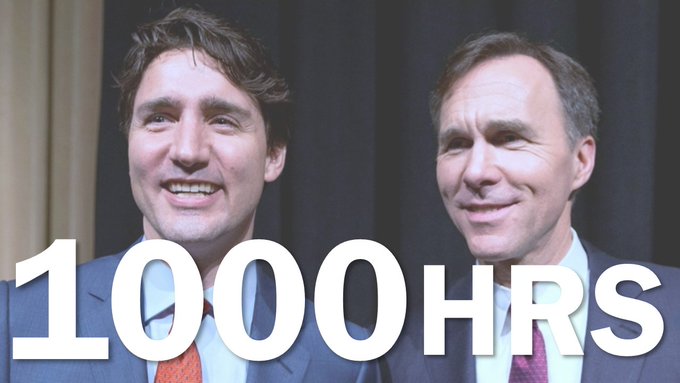The decisions come one month after the Canadian Association of Petroleum Producers (CAPP) sent a long letter to the federal government outlining requests that environmental and pollution monitoring requirements be put on hold, requirements it described as “low-risk regulatory obligations.”
Now the regulator has issued a series of decisions that include the suspension of some environmental monitoring in the oilsands.
“It’s quite shocking and it is quite concerning,” Mandy Olsgard, a risk assessment specialist and former senior environmental toxicologist with the Alberta Energy Regulator, told The Narwhal.
For some monitoring, “losing this data for a very short amount of time might not affect the overall datasets,” she said. “But some of these clauses are there to understand potential acute risks to health or the environment.”
For Olsgard and others, the regulator’s decisions read like a “wish list” from CAPP.
In an email, regulator spokesperson Shawn Roth said “[the regulator] is in regular contact with industry, including industry groups such as, CAPP and [the Explorers and Producers Association of Canada], as we work together to navigate through the current situation.”
“Looks like CAPP got its way,” Shaun Fluker, an associate professor of law at the University of Calgary, told The Narwhal.
The regulator has granted suspensions to multiple major oilsands projects for requirements ranging from volatile organic compound monitoring to fugitive emissions leak detection to wetlands and wildlife monitoring to bird monitoring at tailings ponds.
Just days before bird monitoring programs were suspended, Imperial Oil found dozens of dead grebes and shorebirds in their tailings ponds, according to CBC. While the regulator has required that scare cannons and other deterrents remain in place, an Imperial spokesperson said these were not effective in preventing birds from landing at the company’s tailings ponds.
Bird monitoring in the oilsands gained international attention when more than 1,600 ducks were found dead after landing on a Syncrude tailings pond in 2008. More recently, Syncrude was fined more than $2.7 million last year after 31 great blue herons died in their tailings ponds in 2015. Those herons were initially discovered by a contractor working on a bird monitoring program for Syncrude.
As Olsgard notes, these current suspensions come during an important bird migration season.
The suspension of these requirements is effective immediately, which leaves some experts questioning how sites will be monitored.
“You don’t know what’s going on in groundwater or surface water or fugitive emissions,” Barry Robinson, a Calgary-based lawyer with Ecojustice, told The Narwhal.
“It really is stepping out into no man’s land by suspending the actual monitoring,” he added.
“You just won’t know what’s happening.”
Olsgard is concerned that while temporarily stopping some monitoring may not pose a huge issue in the long run, other data is critically important to assessing risk to public health and the environment.
But companies like Syncrude and Suncor emphasized to The Narwhal that these suspensions were necessary for the protection of public health during the ongoing coronavirus pandemic.
“We understand and know the public expects us to responsibly develop the oilsands, which includes monitoring for potential impacts, but we also want people to recognize that we’re relying on the guidance of Alberta Health Services,” Will Gibson, spokesperson for Syncrude, said.
The Narwhal previously reported the Alberta government had suspended the requirement to report on some environmental monitoring as a result of COVID-19.
The latest decisions by the regulator put some monitoring itself on hold as well.
Roth said by email that companies must continue to collect the “majority of monitoring information” and make it available upon request.
But with the latest suspensions, experts are concerned some information will never be collected.
“There’s nothing to report if you don’t monitor,” Fluker said.
‘Unilateral’ decisions
Each decision is labelled as a “unilateral amendment to approval conditions regarding monitoring in response to COVID-19” and was posted on the regulator’s website. “We anticipate that the amendments will be in place as long as the public orders issued under the Public Health Act remain in effect,” Roth said in an email.
For some operations, such as Imperial Oil’s Kearl mine and Cold Lake in-situ project, the list of types of environmental monitoring programs suspended contains 19 items. (Imperial’s Kearl work camp is itself the site of a COVID-19 outbreak.)
According to the decisions issued by the regulator, the companies have “raised legitimate concerns about their ability to meet monitoring requirements” during the ongoing COVID-19 pandemic.
“We made a request to the Alberta Energy Regulator, along with other oilsands operators to suspend certain monitoring activities,” Gibson, the spokesperson for Syncrude, told The Narwhal.
“We made this request because the safety and wellbeing of our employees is a top priority,” he said. “We’re following, and expecting our employees to follow, recommended and mandated government measures.” Gibson said the company wants to “make sure physical distancing is maintained” whether on buses, on site or in work camps.
Erin Rees, a representative for Suncor, reiterated Gibson’s explanations. “Since mid-March Suncor has been focused on doing our part to flatten the curve of COVID-19. Reducing interactions between people on our sites and in our offices is critical in ensuring the health and safety of our workforce and we’ve limited people on site and in offices to essential staff only since the middle of March,” she said in an email.
“We made requests to the [regulator] to postpone some monitoring in order to protect workers and the public from COVID-19 and specifically to ensure public health guidance is respected.”
“To be clear — all requests for postponement of monitoring were due to the number of people required to perform the work, impacting our ability to ensure physical distancing.”
Gibson said Syncrude has dramatically reduced its workforce in other areas as well, noting staffing at its Aurora and Mildred Lake operations have been reduced by more than 1,000 workers.
Some “monitoring activities posed a challenge in terms of maintaining physical distancing,” he added. The company has also reduced its operations maintenance staff.
Olsgard, the toxicologist, noted that with decreased staff on site to run oilsands operations, the risk to public health and the environment may actually be increased. “We’re actually in kind of a high-risk operational state,” she said.
David Spink, a retired Government of Alberta employee and former director of air and water approvals, told The Narwhal by email that he questioned the assertion that monitoring work can’t be done safely.
“I find it somewhat hard to accept that we can have construction workers doing work on an expansion to our condo building but the oilsands industry can’t have contractors come in and do some of the monitoring that is required,” he said.
“Having done and seen some of this monitoring it can be done very safely in the context of social distancing and minimal interactions,” he added, noting that companies should be asked to provide much more specific detail about why each monitoring requirement can’t be met, or how the missed data could be mitigated.
Imperial Oil and CNRL did not respond to The Narwhal’s request for comment by publication time.
Concerns about work camps
Currently, Alberta’s public health rules restrict gatherings of more than 15 people, encourage physical distancing of two metres and restrict business activities to those considered to be essential services.
Essential services are still allowed to operate in the province, and the government has issued a long list to clarify what is considered essential.
“Petroleum, natural gas and coal” jobs are considered to be essential services in Alberta, as are “environmental services for agriculture, mining, oil and gas.”
Gibson, the spokesperson for Syncrude, emphasized the company was concerned about bringing in contractors from outside the region to complete environmental monitoring.
“Some of the monitoring activities involve bringing in people from outside the province,” he said, adding that he was “not sure if we have that capability right now” to have monitoring be completed in house.
“We understand and respect the need for monitoring,” he added. “We’re not asking for these activities to be altered or taken away.”
For people in the field like Charlotte Clarke, a consultant who works in the oil and gas industry, there are serious concerns about worker safety during the pandemic.
“Whenever we delay inspections, it always is concerning for me,” she told The Narwhal. “But when it came to the choice between that and my safety, it’s a hard one.”
For Clarke, an engineer who works with in-situ operations in the oilsands, staying in work camps is the real concern, more so than the daily work itself.
“You wouldn’t be able to maintain social distancing,” she says of the mess hall at camp. “It’s pretty much like a school cafeteria.”
“I’m just really glad that I didn’t have to go through that.”
What work is safe during a pandemic?
Minister of Environment and Parks Jason Nixon has previously said that it was his government’s goal to “keep people working … in the oil and gas industry where safe and within the requirements the chief medical officer has set out.”
“We believe we can do that on lots of projects,” he added. He was referring to the cleanup of inactive and orphan oil and gas wells.
That leaves Robinson wondering why environmental monitoring in the oilsands can’t be done safely as well.
“If the operation is running, the monitoring should be running,” Robinson said.
Olsgard agrees. “They could have developed COVID-specific protocols to address worker safety,” she said.
Fluker points to other activities deemed essential and the hazards facing workers. “The province is OK with letting Cargill operate,” he said, pointing to the largest single outbreak of COVID-19 in Canada, in a meat-packing facility in High River, Alta.
Meanwhile, bird monitoring is suspended in tailings ponds at Alberta’s oilsands.
“There’s a real divergence there and it’s hard to reconcile.”
‘No end date, no public notice, no discussion at all’
Olsgard is concerned with how broad the regulator’s recent decisions appear to be. More detailed requirements, she said, “might be there in the background, but I don’t see it from this decision.”
Fluker points to the lack of public consultation and notice as concerning aspects of the regulator’s most recent decisions.
“If we’re going to relax or waive [requirements], at a bare minimum we have to at least give public notice,” he said. “In this case, the regulator has decided to even do away with that.”
These decisions, he said, amount to “unilateral amendments to a list of monitoring requirements which are easily associated with some pretty significant public interest concerns.”
“And they’re suspended for the foreseeable future with no end date, no public notice, no discussion at all.”
Without public consultation, he said, there’s no chance for input as to “whether or not the essential/non-essential line is being drawn in the right place.”
For Spink, the regulator’s decisions reflect its priorities. “To my mind it is another blank check to industry and reflects a real lack of priority on/for the environment,” he said in an email.
‘You really don’t know’
In April, The Narwhal reported on a series of ministerial orders stemming from Alberta Energy and Alberta Environment and Parks that effectively suspended much of companies’ routine environmental reporting.
For Olsgard, the suspension of monitoring is far more concerning than what previous ministerial orders had laid out with regards to reporting. “As long as they were still collecting the monitoring data, they had a repository that could be requested by the regulator or stakeholders,” she said.
“Then we had those assurances that we would understand what had happened in the environment during this time. But now that we’ve relaxed monitoring, you really don’t know.”
Fluker agrees. “This is clearly, I think, much more problematic from an environmental regulation perspective,” he told The Narwhal.
“Monitoring is often how problems are obviously initially detected.”
“Some of this certainly looks like it’s more of a cost-saving measure than it is a health measure,” he added. SOURCE


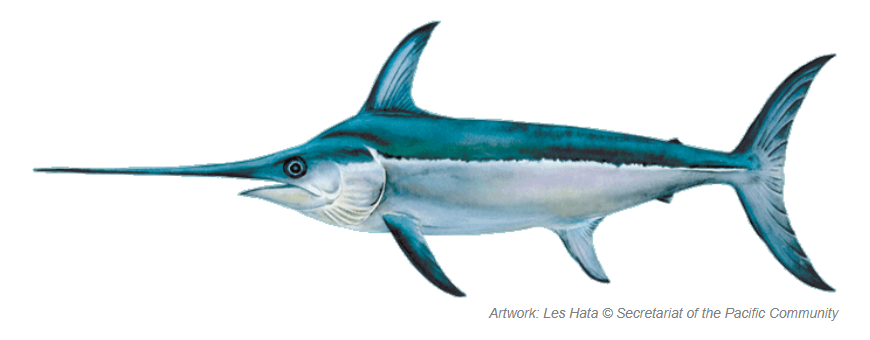
 If you are Canadian (only Canadians can sign) please sign the petition:
If you are Canadian (only Canadians can sign) please sign the petition: 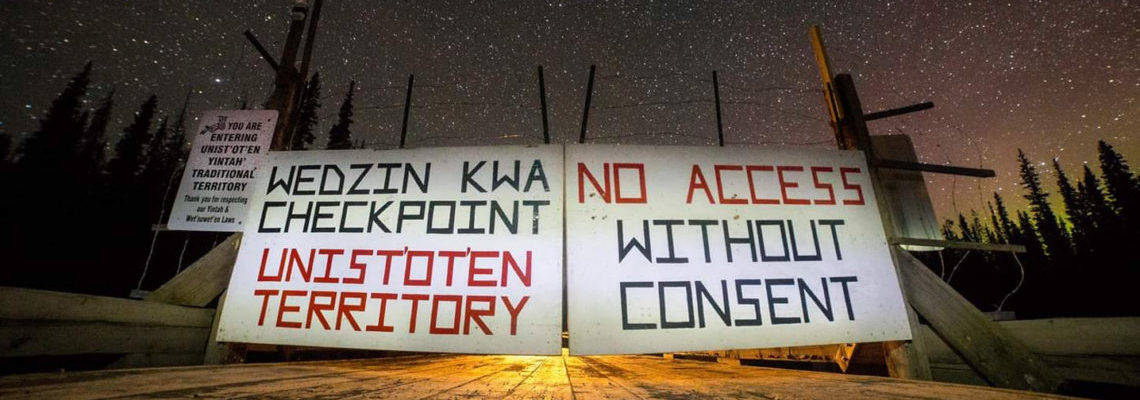

.jpg)


.jpg) Kate Gunn is a lawyer at First Peoples Law Corporation. Kate completed her Master’s of Law at the University of British Columbia. Her most recent academic essay,
Kate Gunn is a lawyer at First Peoples Law Corporation. Kate completed her Master’s of Law at the University of British Columbia. Her most recent academic essay, 
 Sharon J. Riley is The Narwhal’s Alberta-based investigative journalist. Her essays, interviews and long-form nonfiction have also been published by The Walrus.
Sharon J. Riley is The Narwhal’s Alberta-based investigative journalist. Her essays, interviews and long-form nonfiction have also been published by The Walrus.

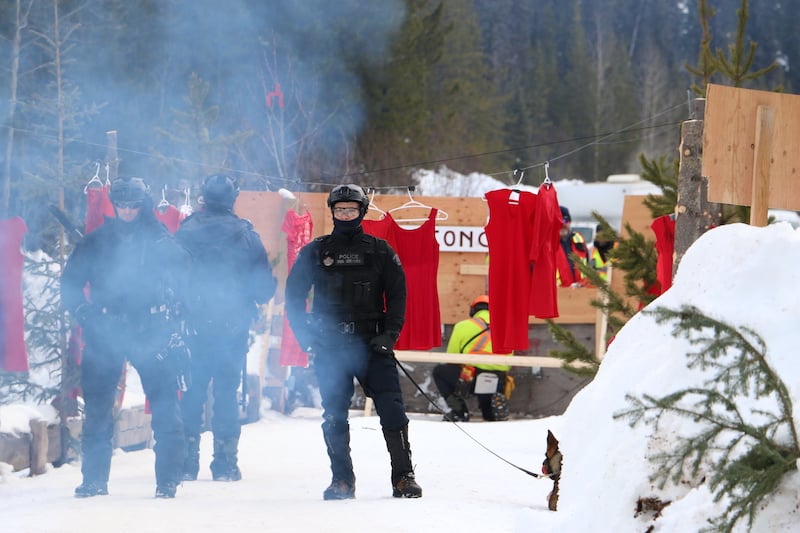
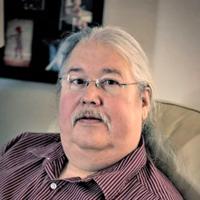
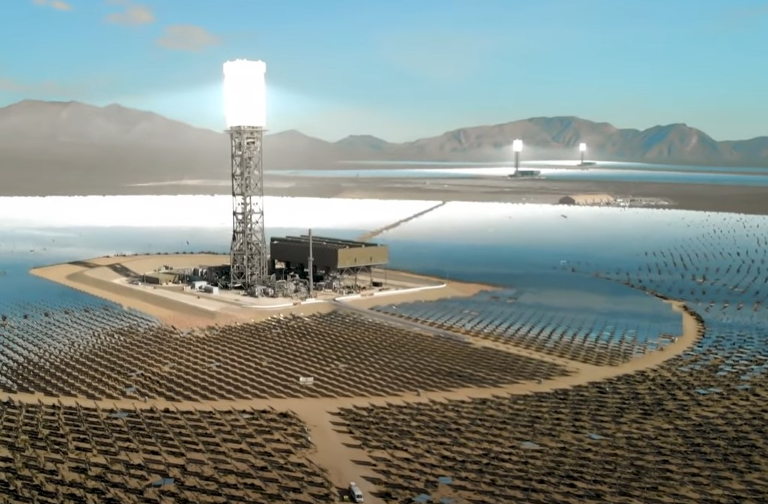











 50X
50X 20,000 songs
20,000 songs 8,400 acres of wheat.
8,400 acres of wheat. almost 10 times.
almost 10 times.